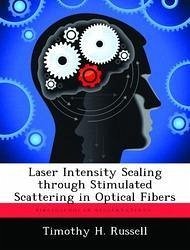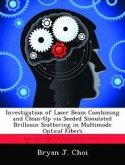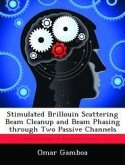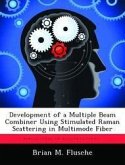The influence of stimulated scattering on laser intensity in fiber optic waveguides is examined. Stimulated Brillouin scattering (SBS) in long, multimode optical waveguides is found to generate a Stokes beam that propagates in the fiber LP01 mode. This characteristic of the Stokes beam was first applied to beam cleanup, where an aberrated pump generated a Gaussian-like Stokes beam. Additionally, the same process is found to combine multiple laser beams into a single spatially coherent source. The mean square difference between the two beams was used to measure the degree of spatial overlap, demonstrating spatial coherence between the Stokes beams even when the pump beams are not spatially correlated. This result is obtained regardless of whether the pump beams are at the same or different frequencies, producing two temporally coherent or incoherent Stokes beams respectively. Limitations in beam cleanup and combining are also examined to identify ways to overcome them. Output couplers are designed that could be used to spatially filter the Stokes beam from the pump, thus increasing the number of beams that could be combined.
Hinweis: Dieser Artikel kann nur an eine deutsche Lieferadresse ausgeliefert werden.
Hinweis: Dieser Artikel kann nur an eine deutsche Lieferadresse ausgeliefert werden.








